Corridor of the building of the Twelve Colleges and the courtyard of the Faculty of Philology
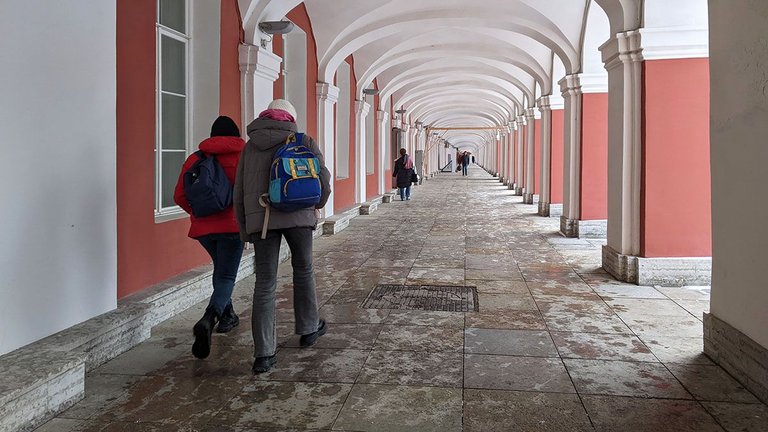
The corridor of the main building of the University, aka the Corridor of the Twelve Colleges, was one of my favourite places to stroll through in my youth. The grounds of the higher educational institutions were open to the public, and I never missed an opportunity to stroll down this long corridor along the library cabinets with old folios. Nowadays you can only get into these buildings if you go to university or if you sign up for a tour. The corridor of the main building of the University is the longest corridor in our city. Down below this corridor, an open arcade runs along the entire building. Hidden behind wooden doors are staircases leading to the first floor.
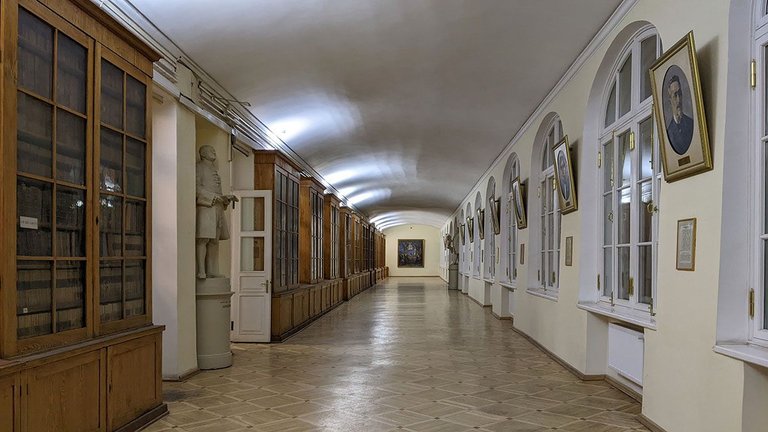
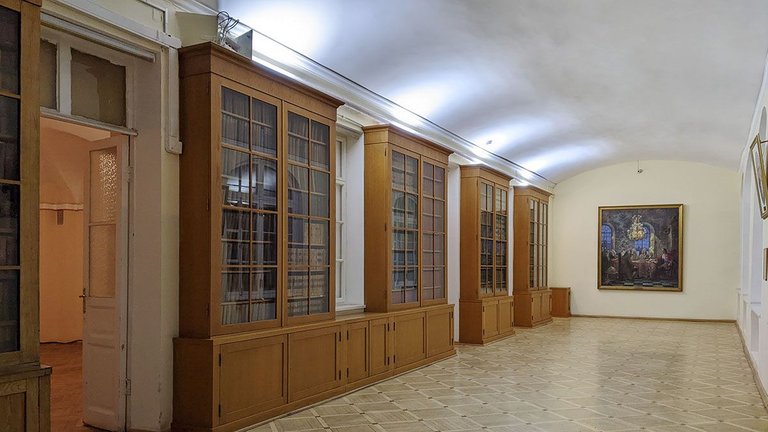
Originally, the building of the Twelve Collegia was intended to house the chancelleries of the sectoral administration. Emperor Peter I reformed the old system of administration in the Russian Empire and established the so-called ‘collegia’, which helped to centralise power and develop clear regulations. Later the idea of collegia was modified and reformed and ended with the creation of ministries. The building of the Twelve Collegia served for administrative purposes for less than 100 years, the new ministries moved to other buildings. At the beginning of the 19th century, the building of the Twelve Colleges was given to St Petersburg University.
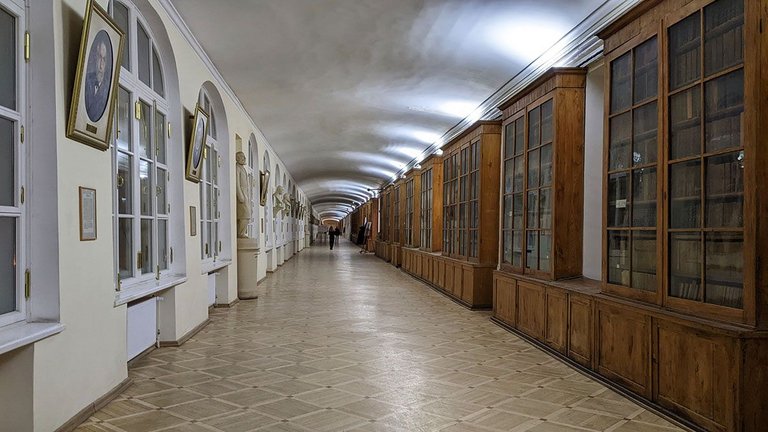
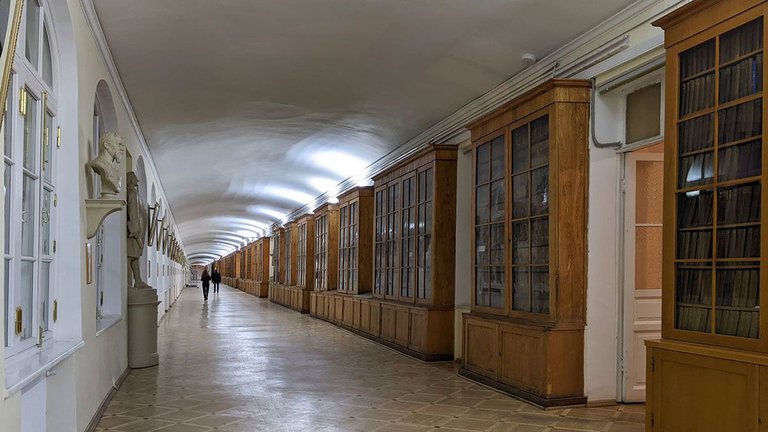
What is particularly interesting for us is that Peter the Great thought it necessary to unite the different offices into a single space. A two-storey open gallery stretched along the entire building and allowed visitors to move easily from one office to another. The process of filing and processing various paperwork was very complicated at the time, and the creation of such a ‘one-stop document centre’ could have simplified the task. Unfortunately, keeping paper records was an insurmountable obstacle to the implementation of this plan, real ‘one-stop centres’ appeared only 300 years later.
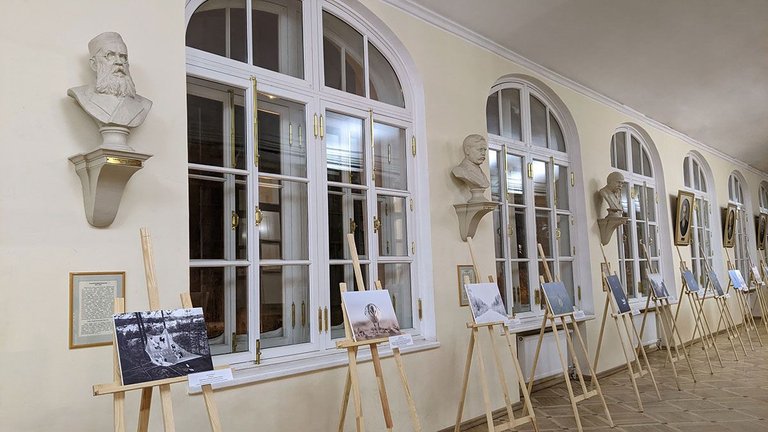
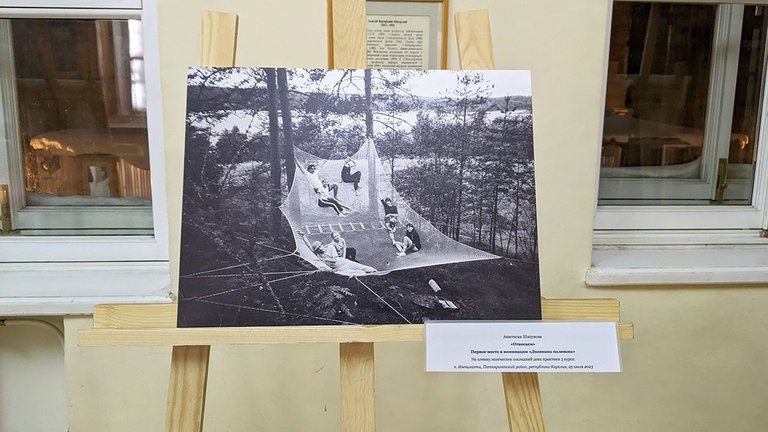
Originally, the two-tier arcade was open, in the style of Italian architecture, but later this solution was adapted to the climate, which is quite different from that in Italy - the first floor was glazed and turned into a very long corridor connecting the rooms of the four faculties of the University. The end wall of the corridor is occupied by a painting on which Emperor Peter the Great signed the decree on the establishment of the Academy of Sciences and the University in January 1724. On the opposite wall is the door to the university library.
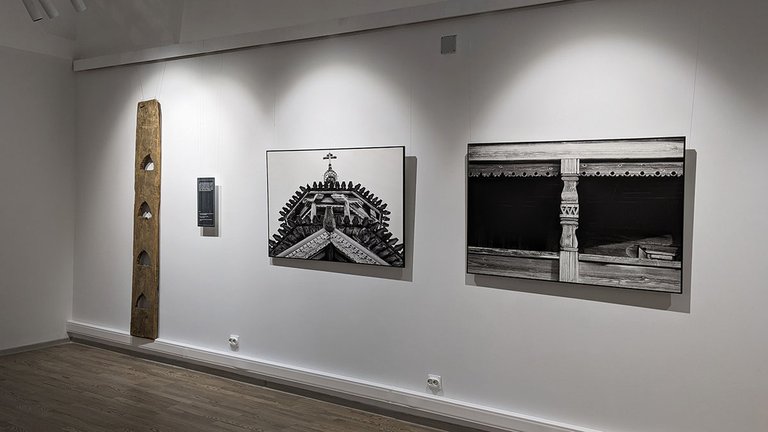
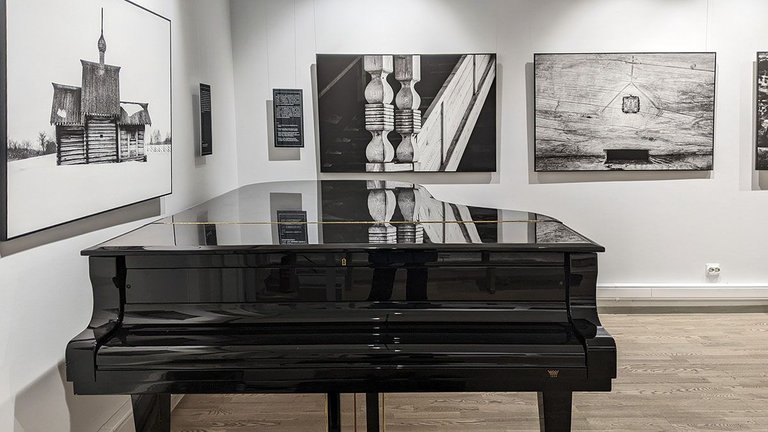
The corridor serves not only to connect the different faculties, it is also used as an improvised exhibition space nowadays. I was curious to explore an exhibition of student photographs dedicated to the summer internship of field students. ‘The last day of summer internship in Karelia,’ reads the caption under one of the photos. One of the doors in the corridor leads to a small exhibition hall. The exhibition in this hall is organised by the Museum of Wooden Architecture of the Kizhi Museum-Reserve and reveals the beauty of old log buildings. Another small exhibition in the corridor of the University is devoted to the education of pets.
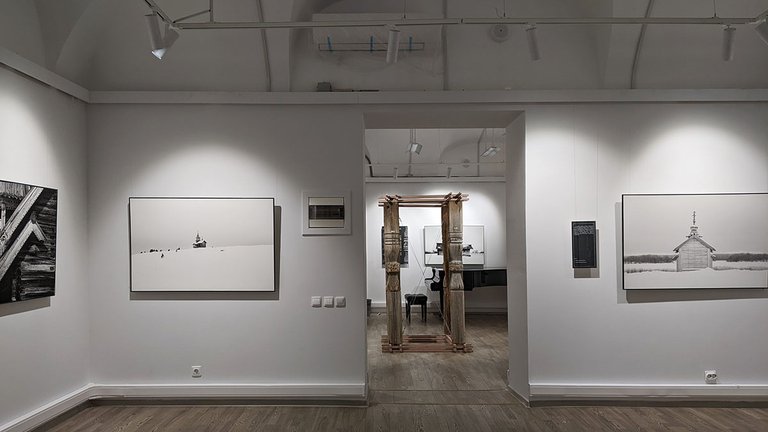
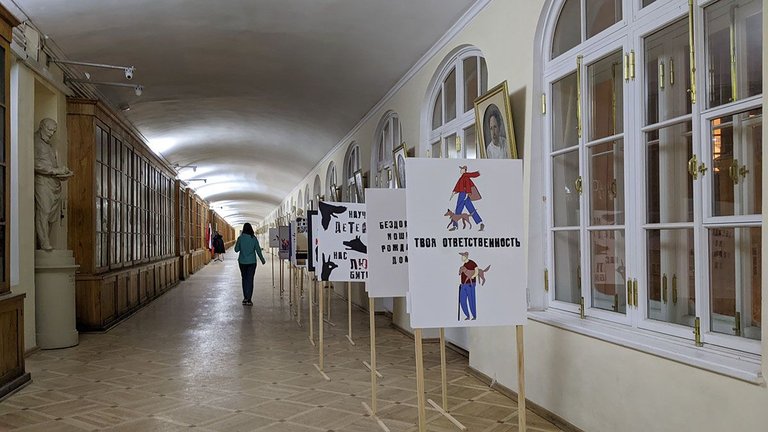
After walking along the corridor of the Twelve Colleges building, I decided to enter the courtyard of the Faculty of Philology. The Faculty of Philology is located in the former palace of Emperor Peter II. The name of this emperor rarely appears in articles on historical topics because he died of smallpox at the age of 14. Emperor Peter II never lived in this palace, he only had time to visit the beginning of the construction. The building is located next to the building of the Twelve Colleges and was given to the university.
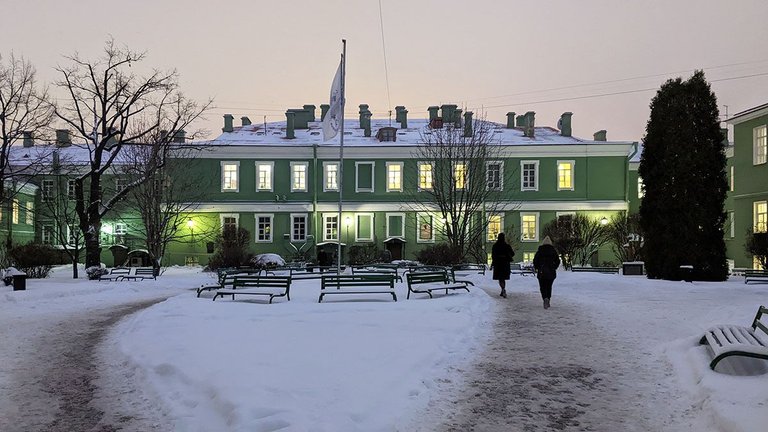
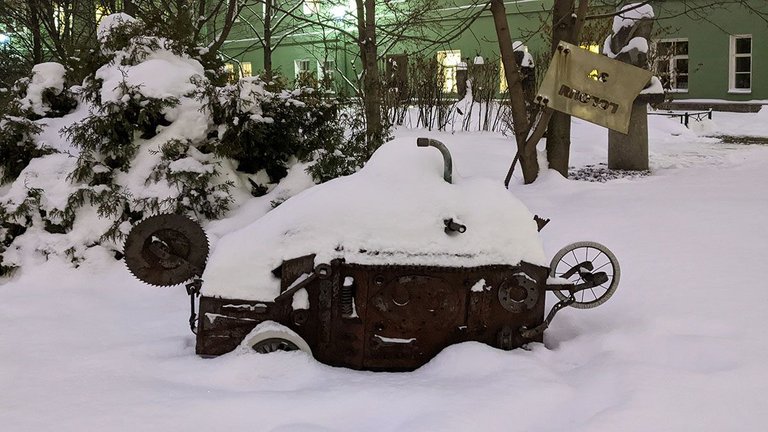
In the courtyard of this building grew a whole park of modern sculpture at the beginning of the XXI century. It all started with one statue, Arsen Avetisyan's sculpture ‘Reflection on the Little Prince’ (this sculpture can be seen in the last photo in the post). Later on there were located Podporuchik Kizhe, Behemoth, Gulliver and other interesting works. It was getting dark, but I couldn't miss the opportunity to walk around this beautiful park.
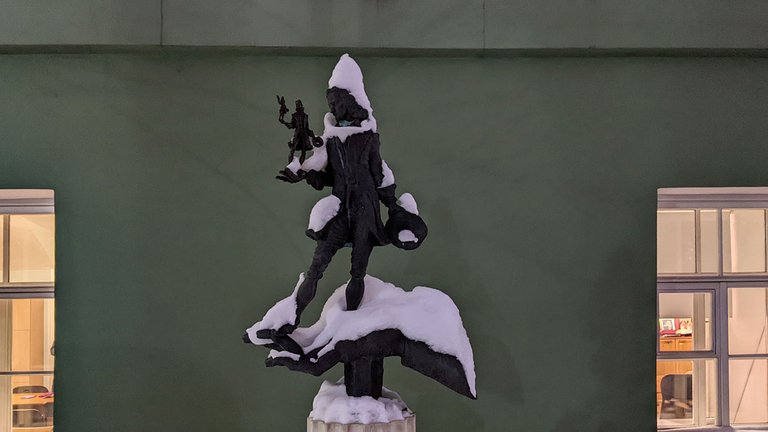

| ○ | ○ |
|---|---|
| Smartphone | Google Pixel 3a |
| Location | Saint Petersburg, Russia |
The corridor looks so deserted. Wonder where are the students.
It's a weekend evening, on a weekday this corridor is usually crowded.
Ah, that explains it
In your blog I often learn something new and the story is close to me (I was once the best at school and university) - photo 👍👍👍
!BEER
Thank you very much! I'm interested in learning about history, noticing details and particulars:)
!BEER
View or trade
BEER.Hey @russia-btc, here is a little bit of
BEERfrom @tatdt for you. Enjoy it!Did you know that <a href='https://dcity.io/cityyou can use BEER at dCity game to buy cards to rule the world.
You can check out this post and your own profile on the map. Be part of the Worldmappin Community and join our Discord Channel to get in touch with other travelers, ask questions or just be updated on our latest features.